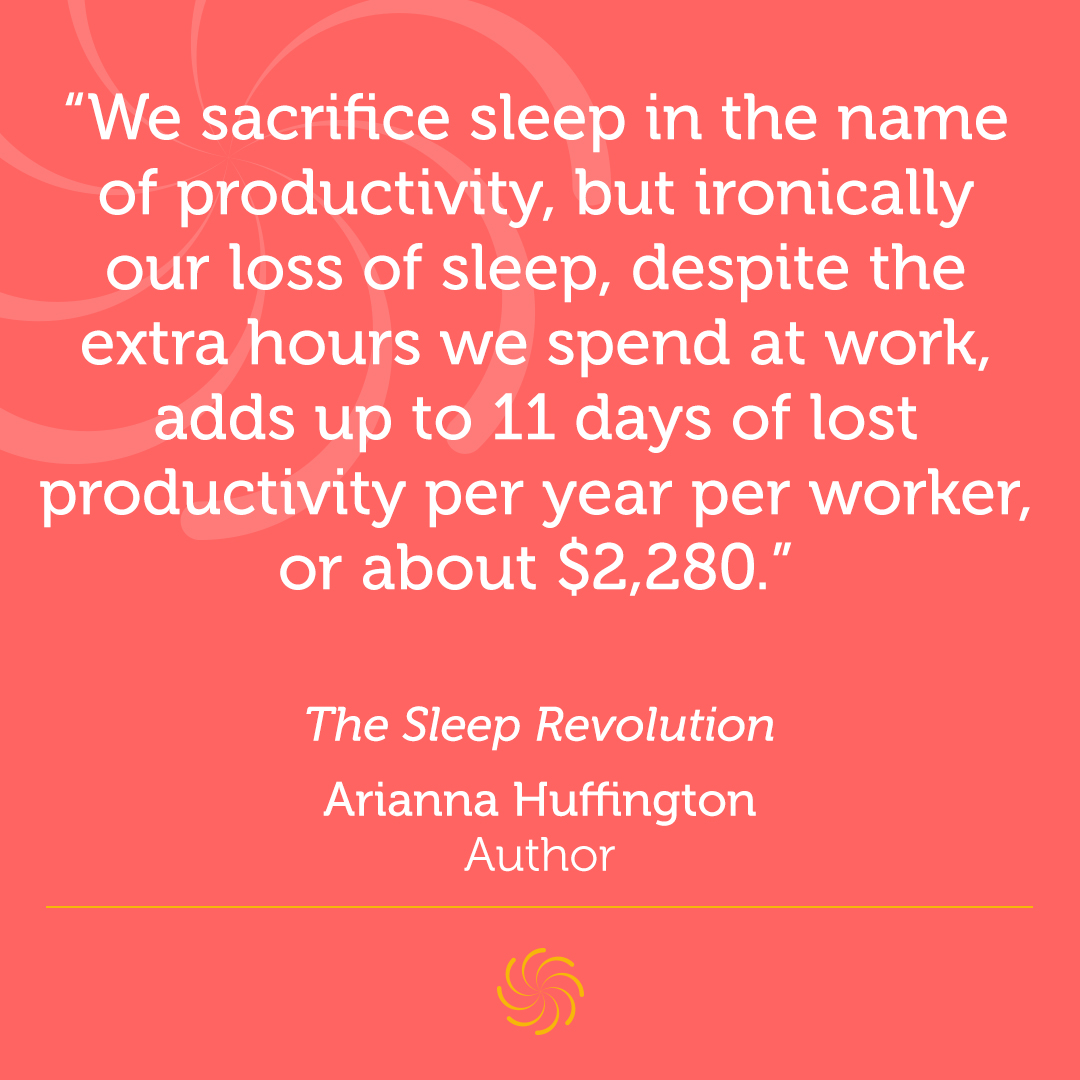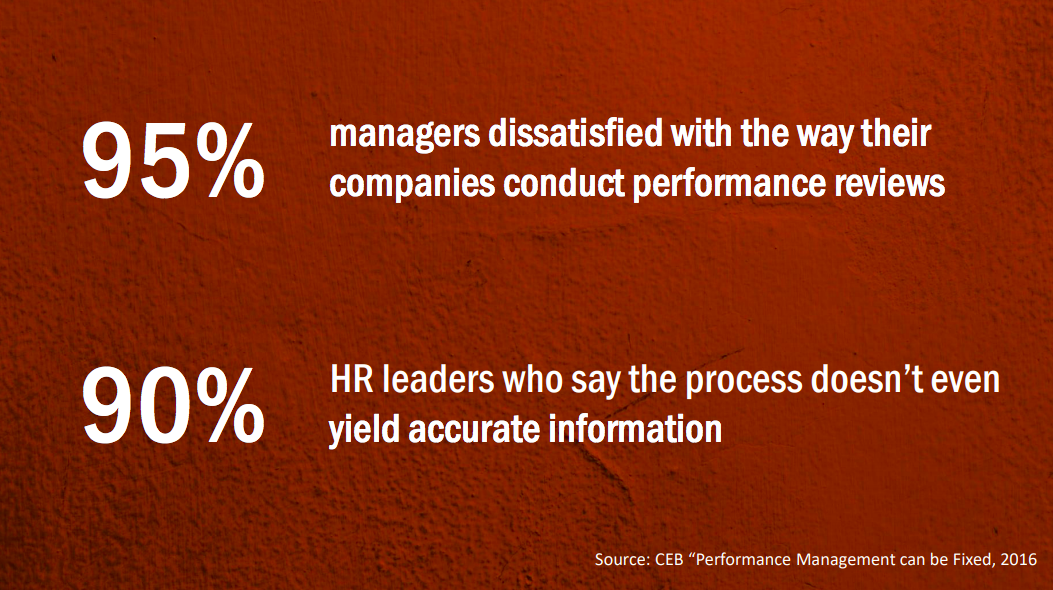Organizational Development
Nº 196
The Illusion of Permanent Progress
Our working culture is obsessed with the idea of constant progression.
Our targets move up, number of work hours increase, our abilities are stretched constantly leaving no space for us to breathe (and sometimes leading to a ‘silent suffering’).
Please allow me to share with you a little unspoken truth about the process of ideation and creation: The life cycle of birth and re-birth embodies strong intuition.
Contrary to common belief, intuition is not woo-doo… It is our ability to understand something instinctively without the need for a conscious reasoning. That doesn’t mean it is coming from an unknown place… It is exactly the opposite: it is opening doors to a process that gives us the ability to know something directly without going through systemic thinking like analytic reasoning and it allows us to bridge the gap between the conscious and non-conscious parts of our mind, body and soul.
Intuition is shy though… It only and truly shows its face during slower times, at times of serenity, peace and solitude, and when we experience a healthy doze of self-doubt and falter. It is during those ‘down’ times (which are really active times, we just sense it differently – like sleep), intuition kicks in to point us to certain key values, overlooked perspectives and slims down possibilities, guiding us to a greater clarity of purpose.
The illusion of permanent progress inflicts a particularly damning strain of despair and derail on our creative processes. It also hurts our ability to remain connected, collected and caring – both for ourselves and for others.

Business will always need to happen tomorrow, but if we want to engage in innovation and/or build long, lasting results (such as capability building, productivity gain and/or market share growth), we need to NOT let the sense of urgency bound us into a trap of time.
Because that giving in alone guarantees retake on creation…







